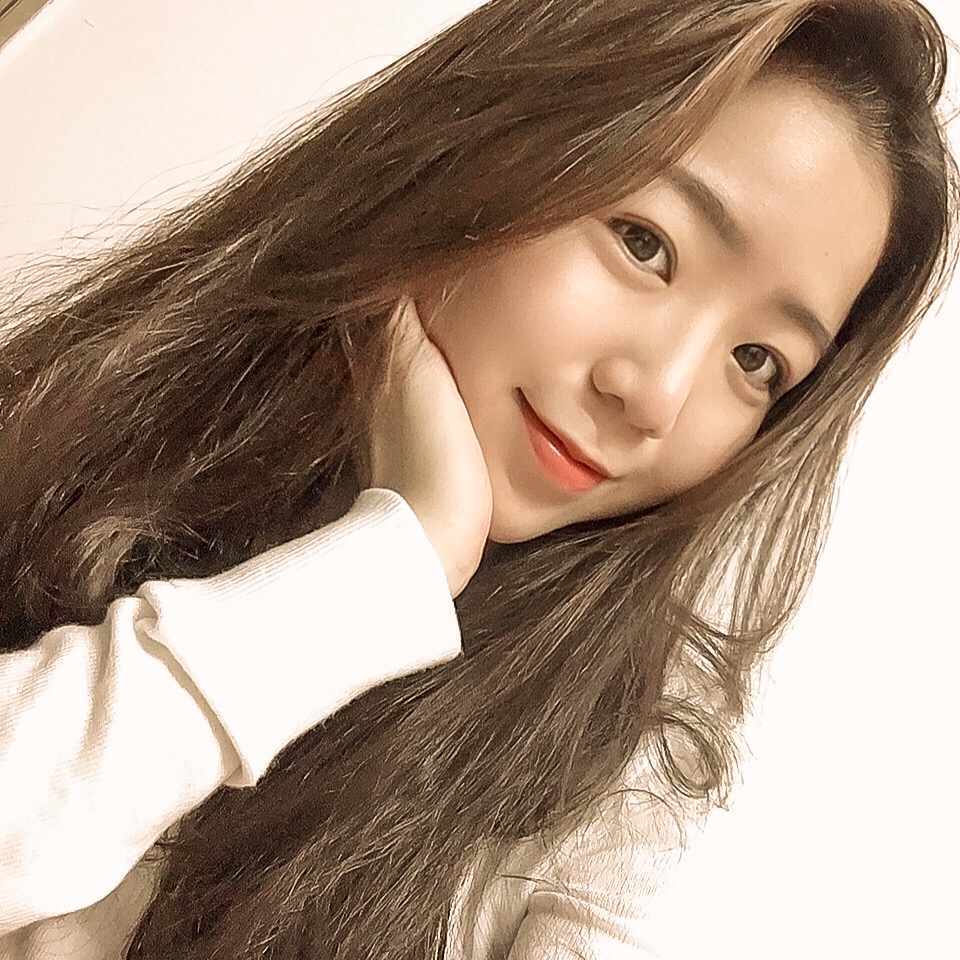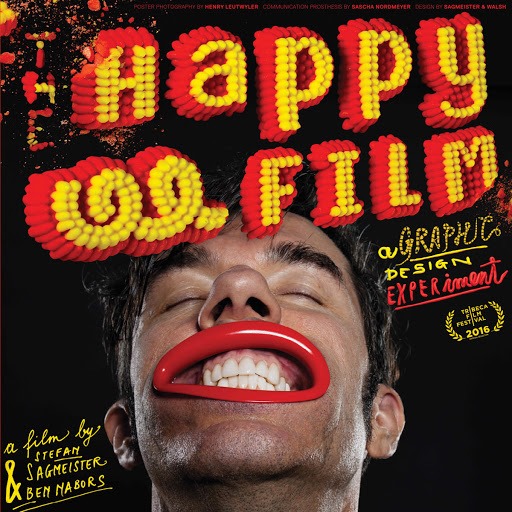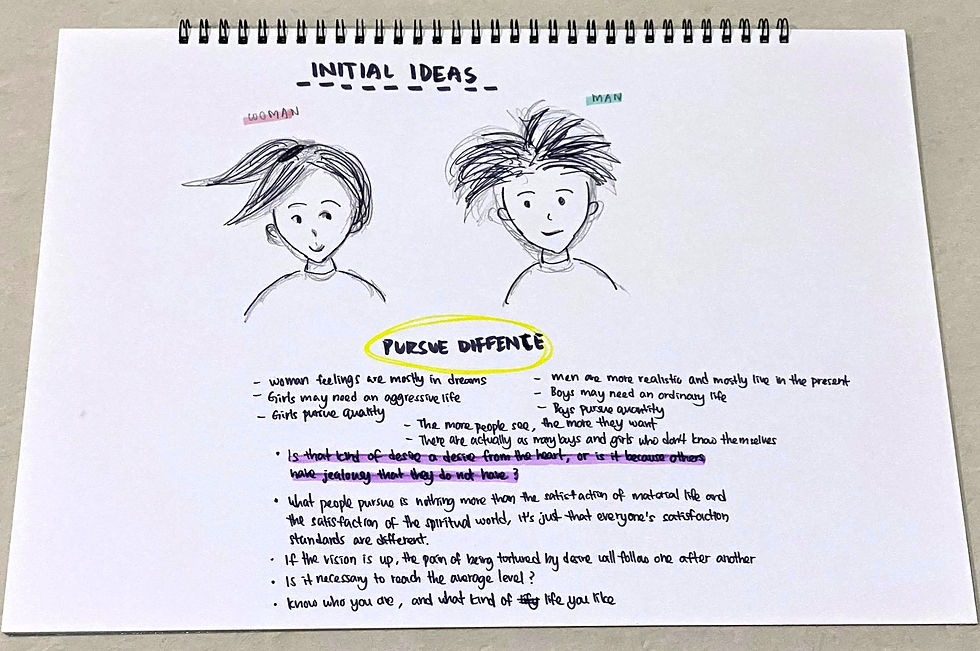WEEK 1.1: ‘THE HAPPY FILM’ REFLECTION
- Evon Liew

- Apr 22, 2020
- 2 min read
Updated: Apr 28, 2020
1. What was his process and methods?
It’s a movie about a successful creative designer Stefan Sagmeister attempts to find the root of human happiness by experimenting with meditation, therapy, and drugs in this graphic design project-turned experimental documentary.
Meditation does not do the trick for the filmmaker, despite the gorgeous scenery in Bali, where he attended a retreat. He complains of boredom and back pain during his months-long stay, although vacation-starved viewers will mostly be green with envy.
Therapy, at the hands of the no-nonsense Dr. Sheenah Hankin, doesn't do much for him either. The psychotherapist who specializes in cognitive therapy advises her patient not to avoid conflict, and to do things that make him uncomfortable. To that end, he engages in such exercises as introducing himself to strange women on the street, which in New York City is more likely to result in an altercation than a coffee date.
Drugs, in the form of anti-depressants, do he trick. "I love big pharma!" Sagmeister exclaims. It doesn't hurt that shortly after beginning his drug therapy program he meets and falls in love with a gorgeous, much younger woman who reciprocates his ardor. Asked by his cameraman how he's feeling, Sagmeister tells him he's "almost recklessly happy." That is, until the relationship ends and he's once again brought to his emotional knees.
2. What are the outcomes?
The Happy Film is not a motivational speaker’s guide to wonders of happiness. It is about one artist’s search for bliss and the quagmires it led to. But there is resolution, so to speak. For him, happiness divisible into three types. The first is short-term happiness---a moment of bliss, possibly lasting only seconds. The second is mid-term happiness---well-being and satisfaction lasting hours or days. And the third, long-term happiness, is finding what you are good for in life, a state that can endure for years.
Throughout the filming Sagmeister maintained daily rating lists of his own happiness and it all comes down to this: “All periods of 10 (out of 10) days had something to do with falling in love, all periods of 1 out of 10 days were connected with a relationship ending. Falling in love in my case were connected to the [first and second forms of happiness], work related to [the second and third] type.”
I think it makes sense to me.
3. How was he research visually communicated in the end?
The film's main strength — not surprisingly, considering its subject's avocation — is its visual ingenuity. From its striking animal-themed opening credits to its use of bunraku puppetry to such whimsical sequences as Sagmeister being lifted into the sky by a giant balloon, The Happy Film makes clear that Sagmeister is happiest when he's practicing his craft.




Comments